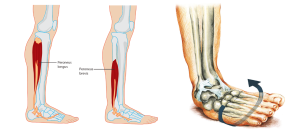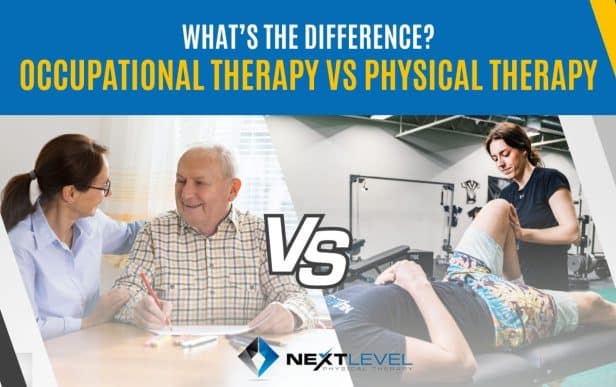Author: Dr. Leor Giladi, CSCS, CF-L2
I used to train in martial arts pretty extensively. I even competed for both glory and tiny trophies. I studied several styles, but I went the furthest in Judo. There is something deeply satisfying about getting into your opponent’s head and navigating every move and counter move. It felt like chess, but with actual fighting and no getting punched in the face.
This article is not about my love for throwing people. It is about how I used to sprain my ankle every few months.
One wrong step. One moment of lost focus. Suddenly I was off the mat and out of the gym for two to four weeks. This frustrating cycle kept me from getting as strong and as skilled as I wanted to be. It left me feeling fragile. What was the point of training so hard if something so simple could take me out so easily and so often?
I no longer deal with this problem, but if any of this sounds familiar, keep reading.
Understanding Ankle Sprains
There are several types of ankle sprains, but we are going to focus on inversion sprains since they are the most common. An inversion sprain occurs when the heel rolls inward and the outside of the foot collapses toward the ground.
This usually happens for one of two main reasons. Either your center of mass shifts outside of your base of support, or the peroneal muscles on the outside of your lower leg do not activate quickly enough as the ankle begins to roll.
The peroneal muscles work to evert the foot and ankle, essentially resisting the exact mechanism that causes an inversion sprain. You want these muscles on your side. For the purpose of this article, we are going to focus primarily on delayed muscle activation.
The term sprain means damage to a ligament. Ligaments are connective tissues that attach one bone to another. When it comes to inversion ankle sprains, the ligaments most commonly involved are the anterior talofibular ligament and the calcaneofibular ligament.
Unlike muscles, ligaments do not contract and they do not have their own direct blood supply. Because of this, they heal more slowly and they cannot actively change their length once healing has occurred.
Here is an important and often overlooked fact.
The number one predictor of a future ankle sprain is a previous ankle sprain.
Let’s unpack why that matters.
Why Ankle Sprains Keep Coming Back
We are often taught that ligaments are what hold our bodies together. That is only partially true. Ligaments are not especially strong. Muscles are what truly stabilize us and allow us to move through the world.
Ligaments do have an important role though. They are loaded with mechanoreceptors, which are sensory structures that help your brain understand where your body is in space. As your joints move, ligaments stretch and send signals to the brain, providing constant updates about joint position. This sense of body awareness is called proprioception.
Without proprioception, movement would be clumsy and uncoordinated.
When you sprain a ligament, it is forcibly stretched and partially torn. As it heals, it does so at a slightly longer length than before. Ligaments cannot shorten themselves after healing.
This means that after an ankle sprain, the ligaments are a bit looser than they used to be. Because these ligaments help provide positional feedback to the brain, the signals they send are now slightly delayed. The delay may only be fractions of a second, but during high speed or high intensity movement, that delay matters.
Here is the good news.
Muscles also contain mechanoreceptors.
By retraining the muscles of the foot and lower leg, especially those on the outside of the ankle, you can help make up for the lost feedback from the injured ligaments. This is why proper rehabilitation is not just about strength. It is about timing, awareness, and control.
What Comes Next
Now you know why ankle sprains tend to repeat themselves and why simply resting until the pain goes away is not enough.
In Part 2 of this series, I will walk you through a few foundational exercises that we consider mandatory in any complete ankle rehabilitation program. These drills are designed to restore confidence, improve control, and help stop the cycle of rolling your ankle over and over again.
Stay tuned.





